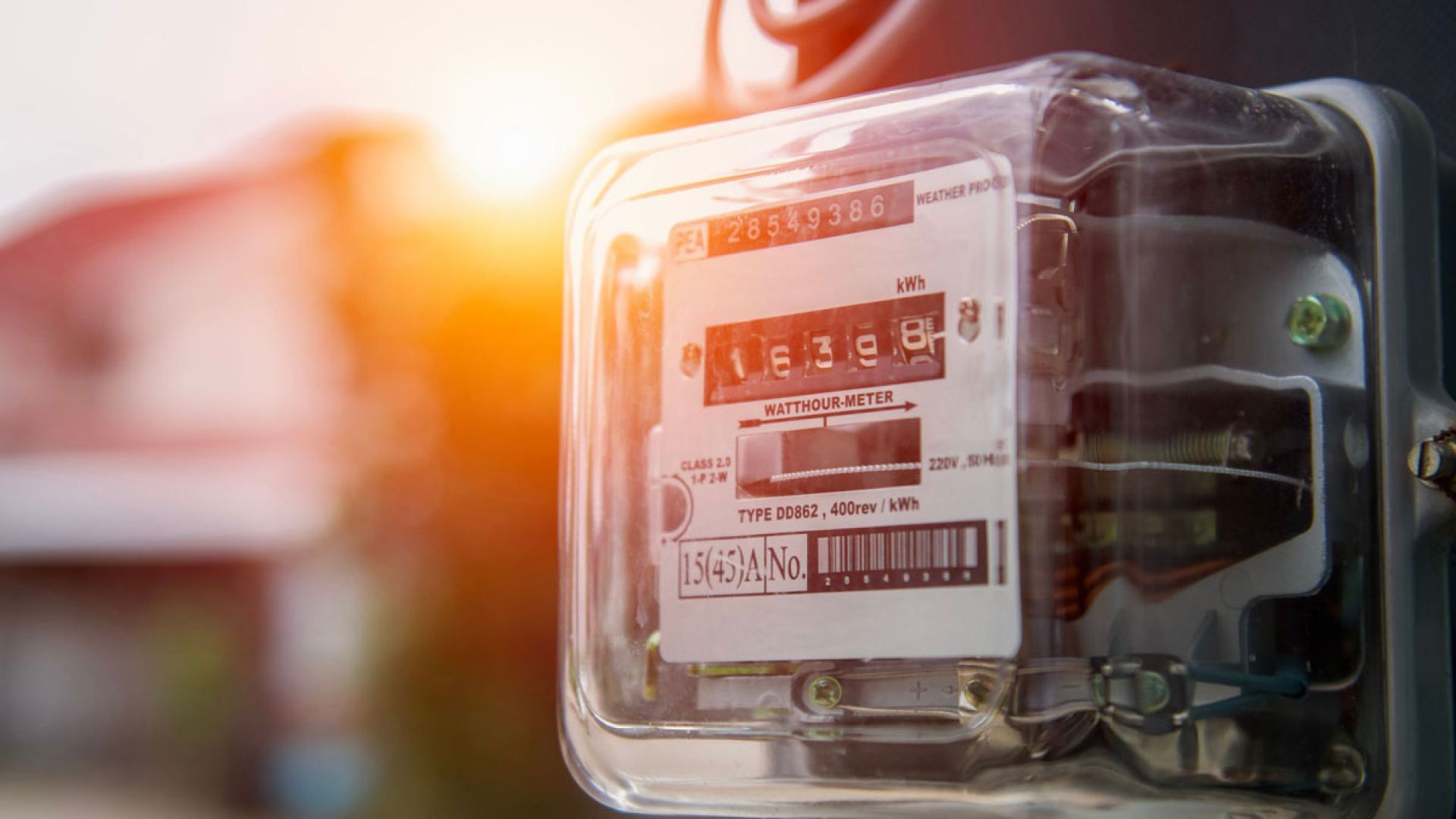If your electricity bill has been bothering you lately, you’re not alone. Across the region, and indeed across the country, residential electric bills have approximately doubled in the past 20 years. This pattern has a lot of causes, but one solution is staring us in the face: fixing the power grid.
Earlier this week, Americans for a Clean Energy Grid (ACEG) released a report showing the potential savings from new transmission, and the numbers are frankly stunning. Collectively, Americans could save more than $6 billion per year on electricity, and potentially as much as $10.4 billion. Those numbers count residential electricity customers alone – never mind what businesses and industrial customers could add to the picture.
This critical analysis reinforces what SREA and our members have long advocated: that investing in modern transmission infrastructure is not just an environmental imperative, but a powerful economic engine for the South.
How to Save Ten Billion Dollars
According to ACEG’s 2025 analysis, the massive savings for residential customers don’t even capture the whole picture. When you factor in commercial and industrial customers, the total national savings rise to $16.8–$27.7 billion per year.
These numbers are so large that it can be hard to understand how such savings are possible. It helps to consider that the national power grid has changed surprisingly little since it was first built in the mid-20th century. Many of the lines are past their intended lifespan and were not built to sustain the power needs of an economy that has radically changed. Building new transmission is like buying a new house: you spend money up front, then save it on all the repairs you won’t have to make.
Here’s how these savings add up:
- Reduced Congestion: New transmission eases traffic on our power lines, allowing cheaper electricity to flow freely across states.
- Lower Production Costs: It connects customers to the lowest-cost power sources, including abundant solar energy during long summer days and wind energy at night.
- Avoided Costs: With more efficient and strategic planning, regions can avoid building redundant power plants and expensive lines that only get used during emergencies.
- Resilience: Expanded transmission acts like insurance during extreme weather, reducing costly outages.
Savings for Southern Families
For those of us paying our utility bills in Arkansas, Louisiana, Mississippi, and other SREA states, these potential savings are still mostly an idea. But looking at some of our neighboring regions reveals a lot about what we could gain.
- MISO North: For MISO, the regional transmission organization that manages the grid for a number of states in the upper Midwest, this planning is well underway. As part of its Long-Range Transmission Plan (LRTP) MISO found that for every $2 monthly investment by residential customers in transmission, they receive more than $5 in monthly bill savings. Accounting for more planned lines and the dollar values of things like better reliability and lower congestion, the average homeowner in MISO stands to save up to $232 per year, and up to $16,474 over the life of the new lines.
- Texas: Our neighbor to the west, which operates its own grid, ERCOT, invested heavily in new transmission during the 2000s and 2010s, completing their work in 2013. The customer savings have been significant. By 2018, five years after the lines were built, electricity customers in ERCOT had already saved an average of $918 over that period. The numbers are expected to grow, with customers saving another $192 per year until 2037. The total residential savings across the state, and over the course of the life of these transmission lines, are eye-popping: $84 billion.
Why This Matters Now
The urgency couldn't be clearer. Electricity demand is rising fast across the South—driven by new industry, data centers, and electrification. These new industries are already straining our aging grid–and that’s to say nothing of extreme weather events like hurricanes, tornadoes, and heatwaves. (Even a modest 92 degree Sunday over Memorial Day weekend was enough to cause blackouts in New Orleans a few weeks ago.) Our existing grid is simply not equipped for the future. Without transmission, clean, cheap solar and wind power in the region can’t reach the customers who need it. Instead, utilities may build costly new gas plants or buy expensive power during peaks, costs that get passed onto ratepayers. Proactive transmission planning isn't a luxury; it's an economic and reliability necessity.
The Bottom Line
Whether you’re in Arkansas, Alabama, Mississippi, or Louisiana, one thing is clear: transmission pays. Southern ratepayers are footing the bill for an underbuilt grid. It’s time to change that.
SREA supports robust regional and interregional transmission planning across MISO South and SERTP to unlock low-cost clean power, improve grid reliability, and deliver real savings to Southern families and businesses. This report provides irrefutable evidence that transmission benefits everyone—from developers and businesses to farmers and everyday families. It's a shared solution we can all rally behind.
Want to learn more about how transmission can benefit your community and how to get involved? Join the conversation with SREA and our partners in advocating for smart grid policies that prioritize regional planning and deliver real savings. Sign up here for updates as we begin the conversation.


